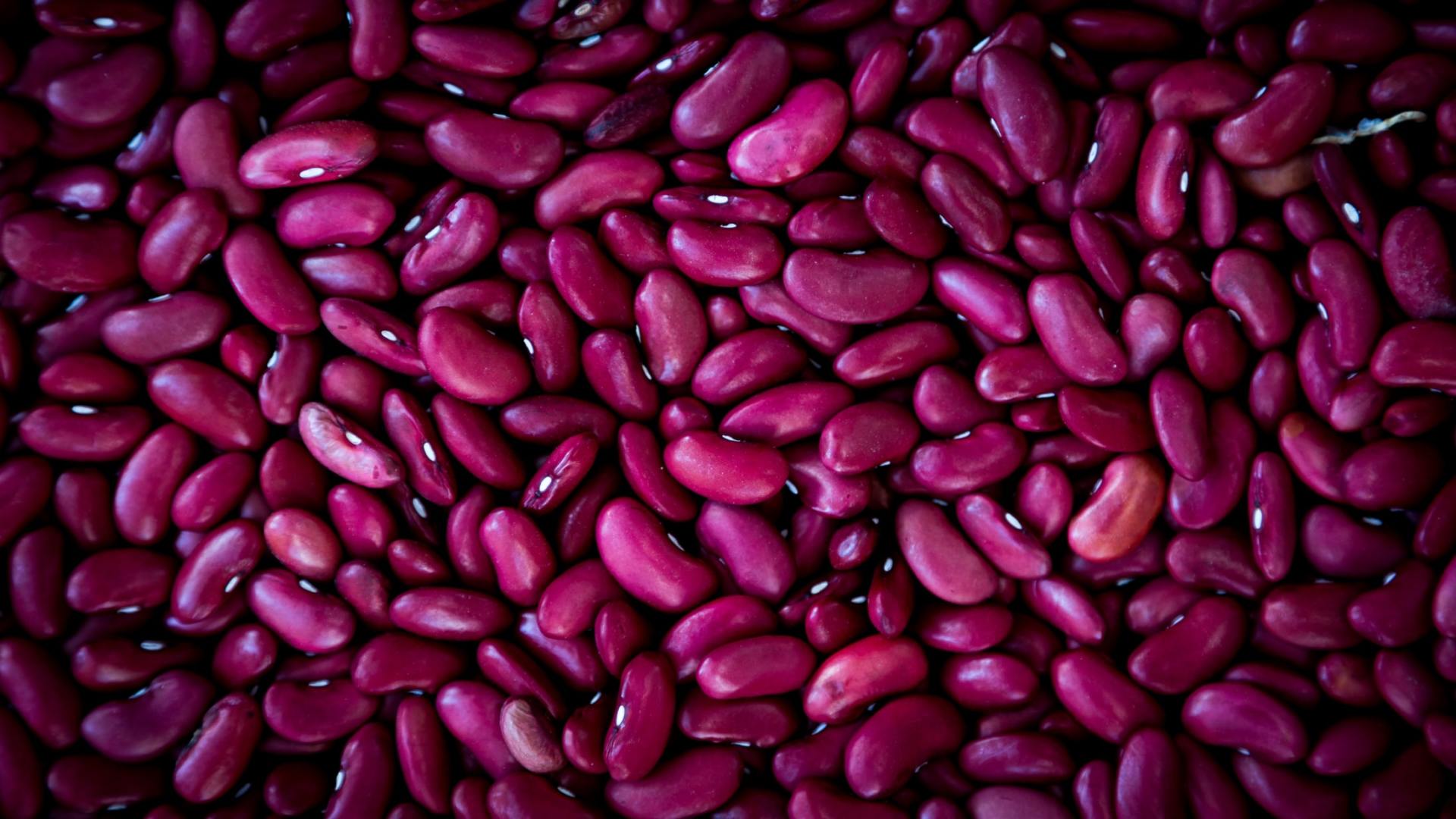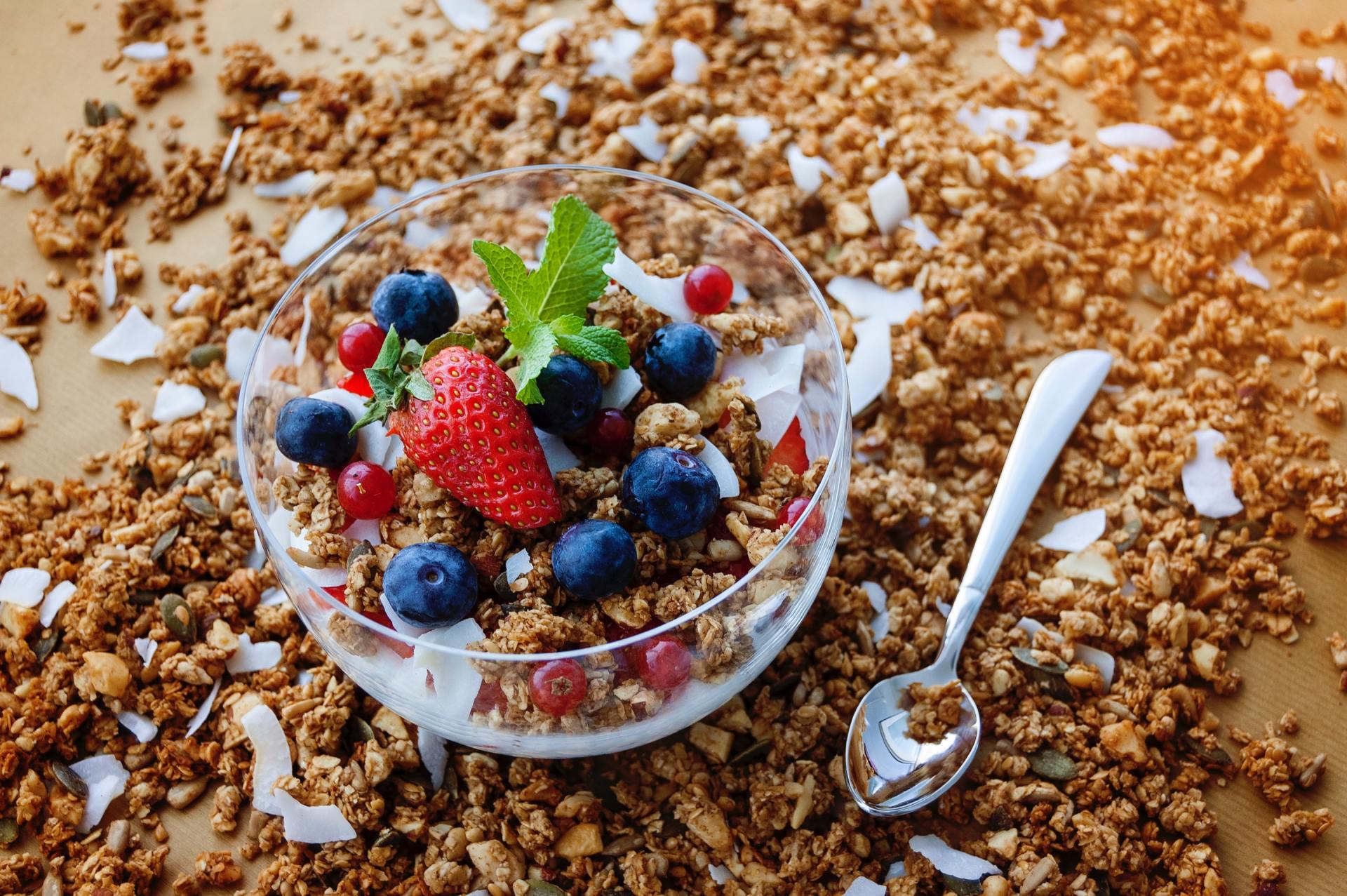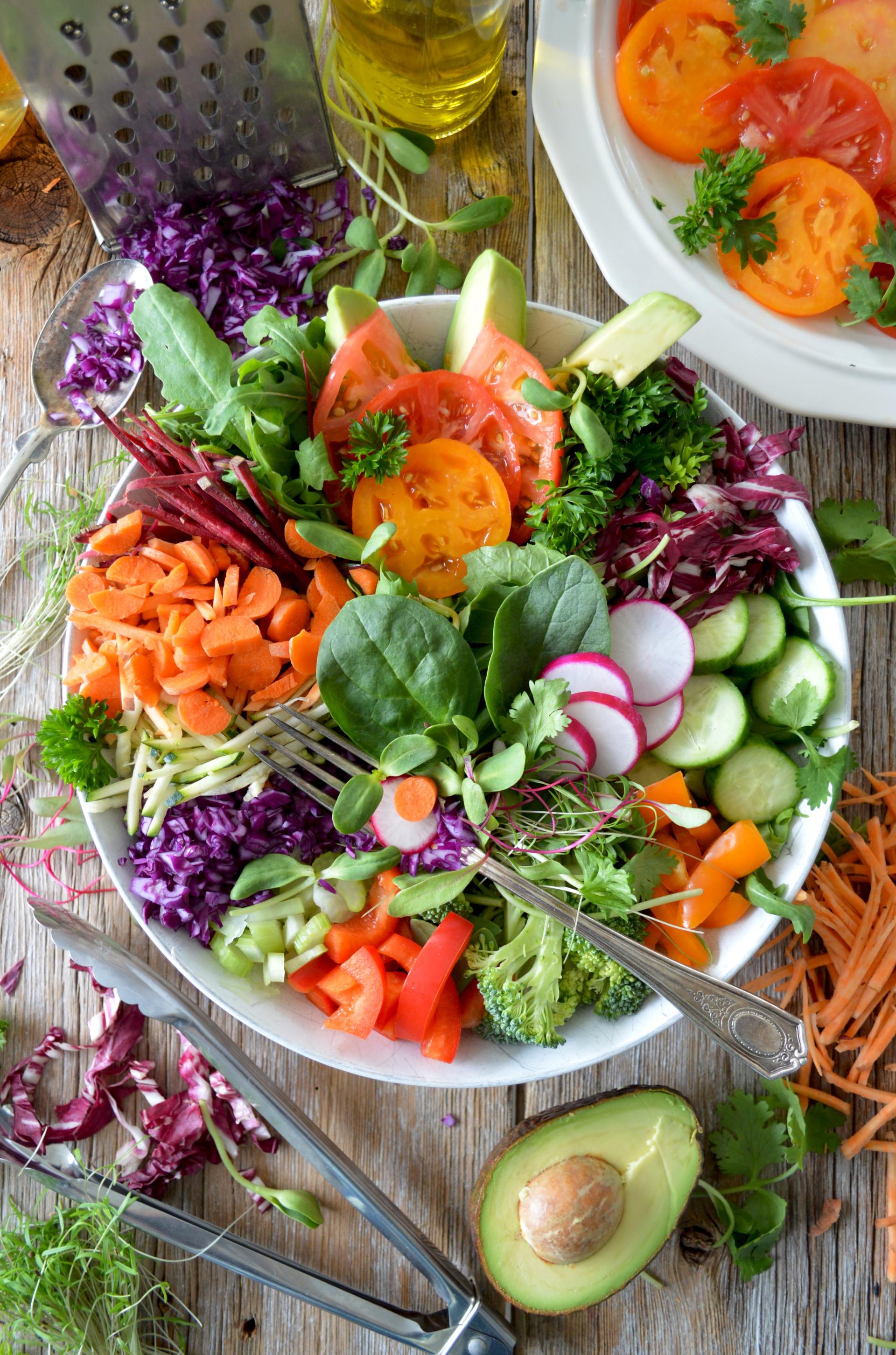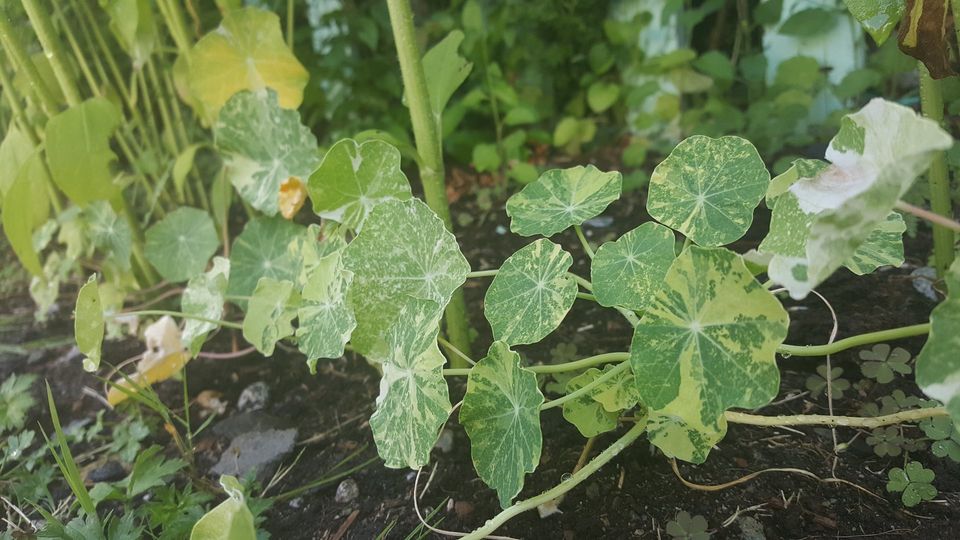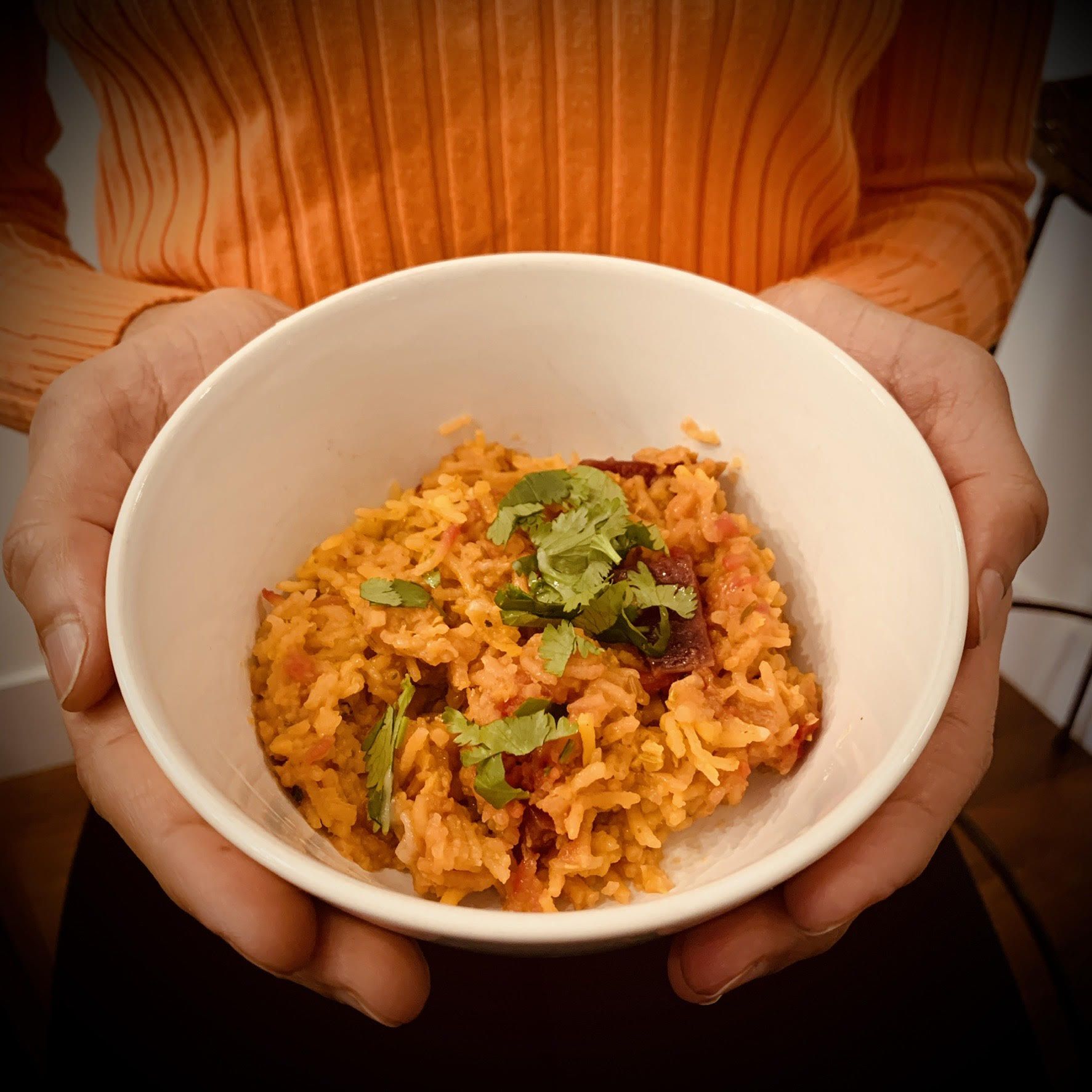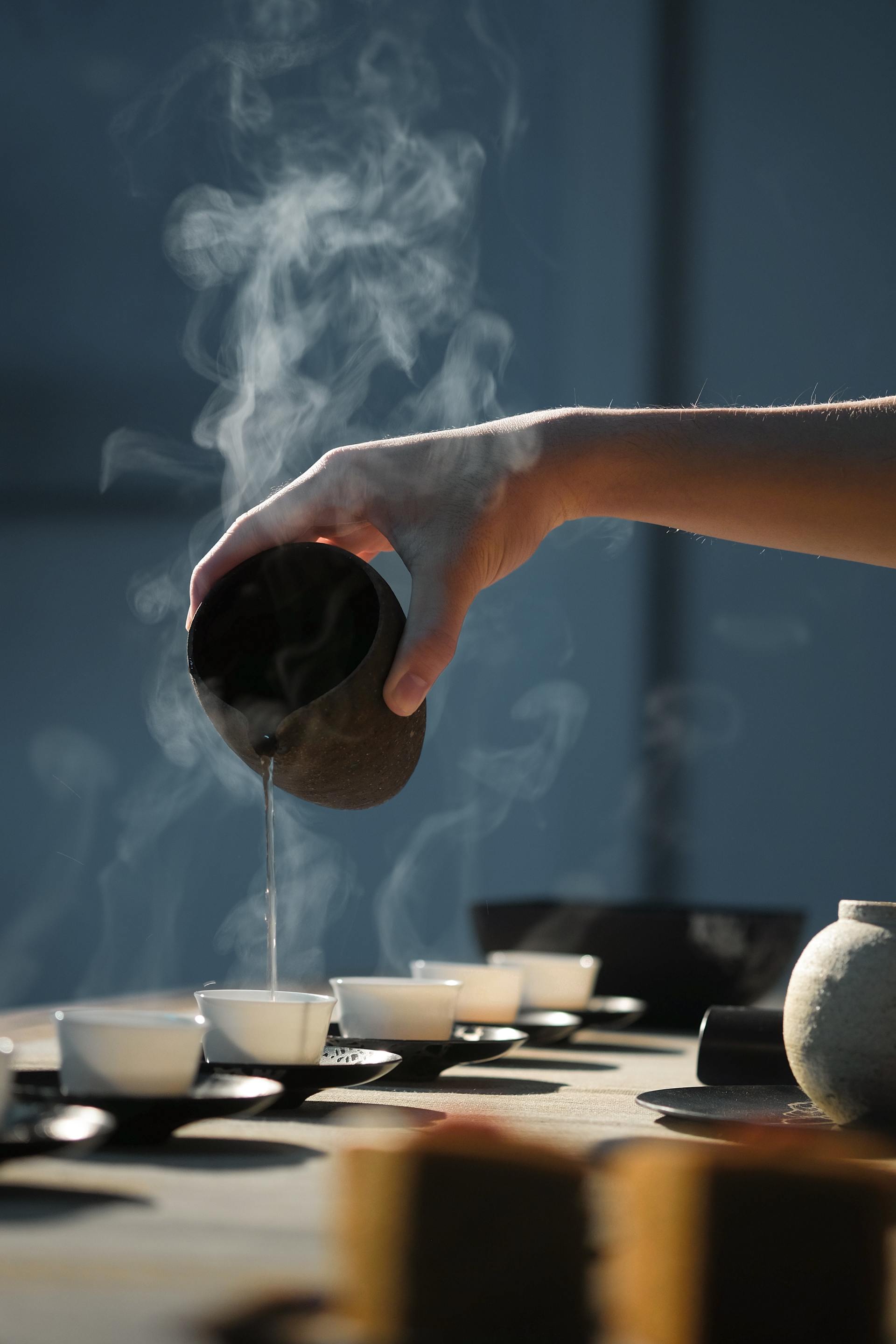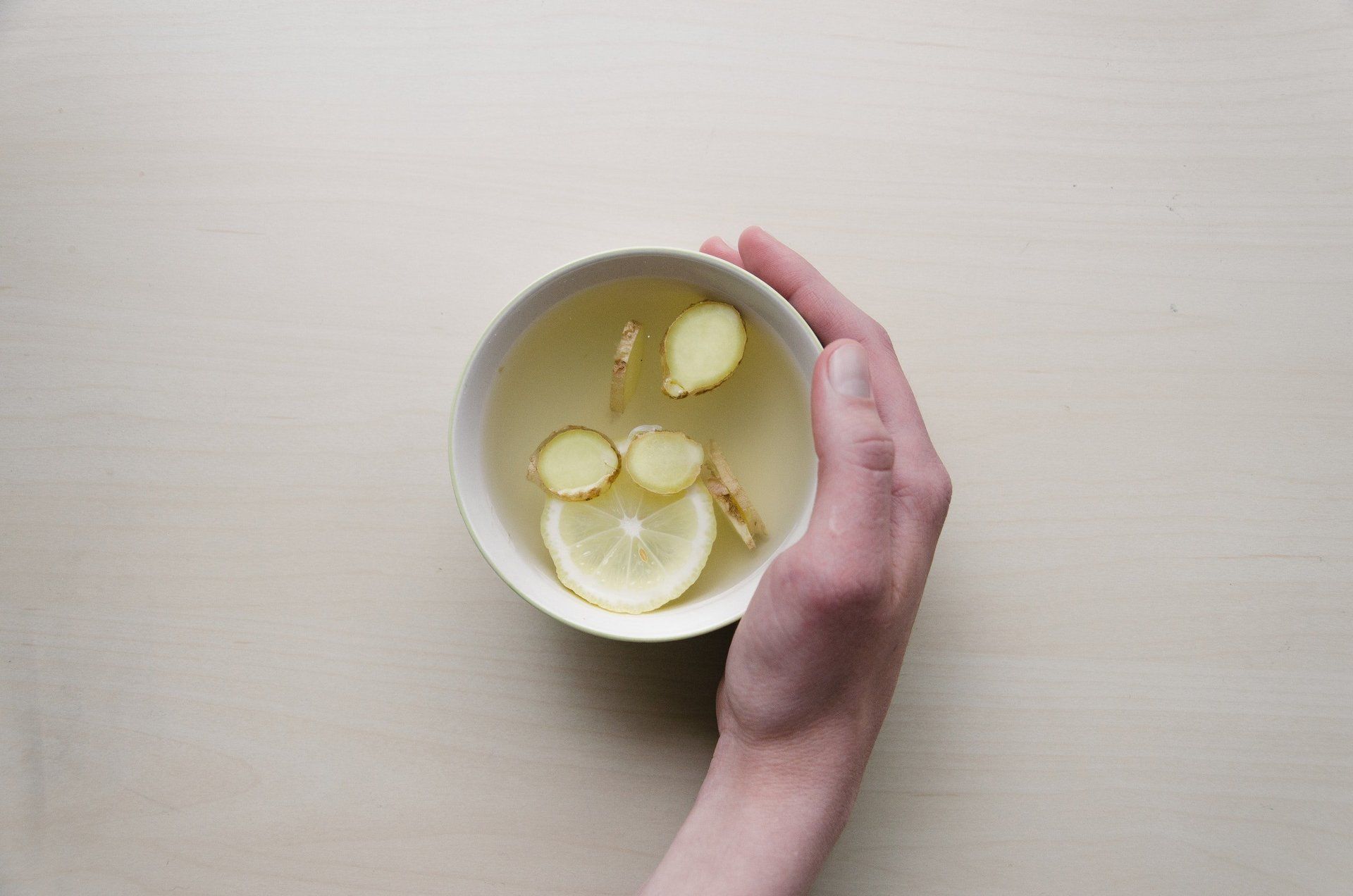Cultivating Diversity and How to Eat Nasturtium Leaves
Not only edible, but beautiful, tasty and spicy!
Five years ago, I finally got a patch of dirt that I could cultivate in my backyard! Having a rural roots, I had always planted a food garden with my Mom and Grandma. As a transplant into city life, I yearned to have a little patch that I could tend- even if just for some herbs and a few greens.
My garden is in a pretty paved-over area in East Vancouver, there are not a ton of green spaces around. When I got started, I had the purely utilitarian sense that I would plant veggies and herbs that would save me money and be more nutritious than those in the store. I planted radishes, zucchini, kale, herbs, peas etc. My first year or two were not very productive. I had missed one major thing... attracting pollinators!
Enter flowers.
Of course I needed to invite the bees and other pollinators to my yard! I started planting nasturtiums and other flowers to attract bees, but have realized that nasturtiums are edible and delicious too! I now recall that as a kid, I would bite off the end of the pointy end of the flower and suck out the tiny amount of sweet nectar from inside. And sometimes I'd collect the flowers and put the petals on spaghetti bolognese (I don't know why I chose to decorate spaghetti, but I guess my aesthetic sense as a cook was developing!) The flowers are a little peppery and perhaps elevated that spaghetti in more than just a visual way. But I had to resist eating all the flowers if I wanted to invite the bees to my garden party.
The leaves of the plant are abundant in relation to the yellow and orange flowers the plant produces and out of curiosity, I tasted one. Peppery! Tasty- just like arugula (which I adore.)
So I have taken to harvesting the leaves instead of the flowers. I even found this variegated variety this year- adding interest to the patch.
I have learned a lot from my little backyard food garden; well beyond just how to grow food. Having floral plants that live among the veggies and herbs has added beauty, variety and incidentally, also function to my garden. Stopping to smell (and taste) the flowers has reminded me to slow down and notice the function of beauty of diversity in my community. Diversity of plants, of people and the necessity of art and beauty in everyday life.
And with this- I'll suggest a few directions to take with your nasturtium greens in the kitchen. If you don't have them, substitute arugula leaves or mustard greens.
Nasturtium Greens Pesto
Roasted Balsamic Beets with Nasturtium Greens
Sesame Summer Greens

